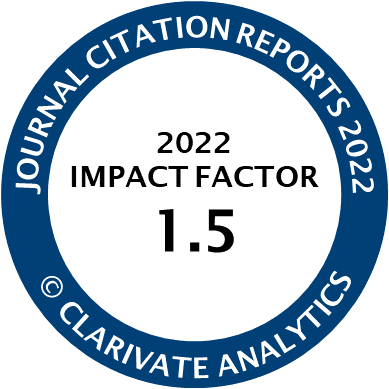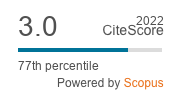Article | Open Access
Disability in Higher Education: Explanations and Legitimisation from Teachers at Leipzig University
| Views: | 2427 | | | Downloads: | 1921 |
Abstract: In 2009, Germany ratified the UN Convention on the Rights of Persons with Disabilities (UN-CRPD) and committed itself to allow for “the full and effective participation [of people with disabilities] in society” (United Nations, 2006, §3), especially in education (United Nations, 2016, §24). The present article addresses the necessary follow-up question: which patterns of perception university teachers have of students with disabilities? A first project-based qualitative analysis of data from the EU-project “European Action on Disability within Higher Education” has been conducted on the grounds that disability can be described as a constructed sociocultural phenomenon (Tremain, 2005), showing that heterogenous concepts of disability can be reconstructed from the interviews (Aust, Trommler, & Drinck, 2015). In an adaptation of theoretical sampling according to Grounded Theory (Glaser & Strauss, 2010), interviews with teachers were selected for this article. The Explanatory Legitimacy Theory Model by DePoy and Gilson (2004, 2010) served as a pool of ideas for analysis. The four main areas of, 1) effective power of symbols or iconic figures, 2) performativity of attributions of disability, 3) dimension of time for concepts addressed, and 4) perpetuation of the medicine model can be reconstructed. The analysis indicates that the medicine model remains the dominant reference when teachers in higher education speak about disability. In conclusion, conditions that impede the proper implementation of the UN-CRPD in higher education must be identified so that higher education institutions can be further developed as multicultural organisations (Schein, 1984).
Keywords: disability; Explanatory Legitimacy Theory; Grounded Theory; higher education; medicine model; qualitative research
Published:
© Robert Aust. This is an open access article distributed under the terms of the Creative Commons Attribution 4.0 license (http://creativecommons.org/licenses/by/4.0), which permits any use, distribution, and reproduction of the work without further permission provided the original author(s) and source are credited.




